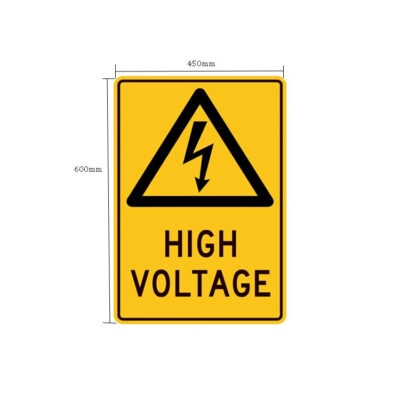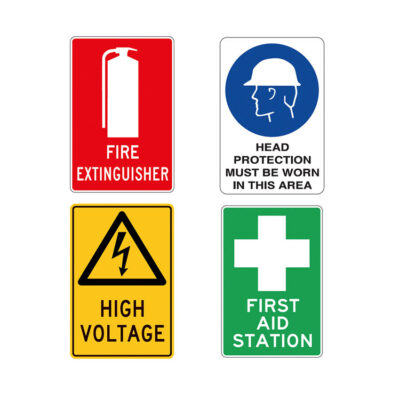H1: Choosing Aluminum Alloys for Long-Life Traffic Signs
🏗️ 1. Why Material Choice Determines Sign Lifespan
The foundation of any durable traffic sign lies in its substrate. While coatings and films attract attention, the aluminum base quietly determines structural integrity, corrosion resistance, and longevity. Municipalities and contractors seeking quality materials often rely on professional Traffic Signs Wholesale providers to ensure consistent alloy standards and certified traceability.
A properly selected alloy prevents premature warping, rusting, or cracking—even under years of UV, salt spray, and temperature extremes.
⚙️ 2. The Most Common Alloys: 3003 vs. 5052 vs. 6061
Traffic sign production typically uses three main aluminum grades, each balancing performance and price differently.
| Alloy Type | Key Strengths | Typical Use |
|---|---|---|
| 3003-H14 | Good corrosion resistance, formability | Urban street signs, low-load applications |
| 5052-H38 | Excellent marine resistance, high strength | Highways, humid/coastal regions |
| 6061-T6 | Superior stiffness and load-bearing | Large gantry panels, structural frames |
For most outdoor signs, 5052-H38 is considered the “sweet spot” — combining cost efficiency with reliable performance across climates.
🧪 3. Mechanical & Chemical Advantages
5052 aluminum contains magnesium, improving tensile strength and resistance to chloride corrosion. It also provides:
-
High fatigue strength (especially under wind load)
-
Better bendability compared to 6061
-
Resistance to pitting and oxidation without heavy coatings
That’s why professional Traffic Sign Manufacturers often default to 5052 sheets in thicknesses ranging from 1.5 mm to 3.0 mm for regulatory and warning signs.
🌦️ 4. Coating and Lamination Compatibility
Aluminum’s natural oxide layer forms the first defense against corrosion, but applying polyester powder coatings or PVDF paints further extends service life. Reflective sheeting adhesion (whether Type I or Type XI) depends heavily on surface pre-treatment—such as chromate or eco-friendly zirconium conversion coatings.
To ensure maximum bond strength:
-
Avoid oily residues after cutting or punching
-
Use clean, degreased substrates
-
Maintain surface roughness (Ra < 0.3 μm)
🧰 5. Bending, Punching, and Mounting Performance
The sign plate must endure fabrication processes without micro-cracking.
5052-H38 offers superior bendability at 90° angles and high impact resistance, minimizing production scrap rates.
For mounting, compatibility with U-channel or square-post hardware ensures structural stability and standardization across installations.
🌍 6. Environmental and Cost Considerations
Recycled aluminum now covers over 70% of sign plate production. Not only does it reduce raw material cost, but it also aligns with environmental procurement policies in the U.S. and EU. The energy saved from recycling one ton of aluminum equals 14,000 kWh—making it one of the most sustainable metals used in public infrastructure.
🧭 7. Summary: Matching Alloy to Application
When planning your next traffic control project:
-
Urban/temporary signs: 3003
-
Permanent installations: 5052-H38
-
Structural systems or overhead gantries: 6061-T6
Choosing the right alloy doesn’t just affect lifespan—it determines installation efficiency, safety, and total lifecycle cost. Partnering with an experienced traffic sign supplier ensures consistent quality, compliance with ASTM B209, and faster project delivery.
FAQ
Q1: Can recycled aluminum be used for regulatory signs?
A: Yes. As long as the alloy composition and mechanical properties meet ASTM B209 standards, recycled aluminum is fully acceptable.
Q2: What is the most corrosion-resistant alloy?
A: 5052-H38, due to its high magnesium content and natural resistance to saltwater environments.
Q3: Do thicker plates improve longevity?
A: Not necessarily—coating, mounting method, and reflective sheeting quality also influence the sign’s actual service life.








